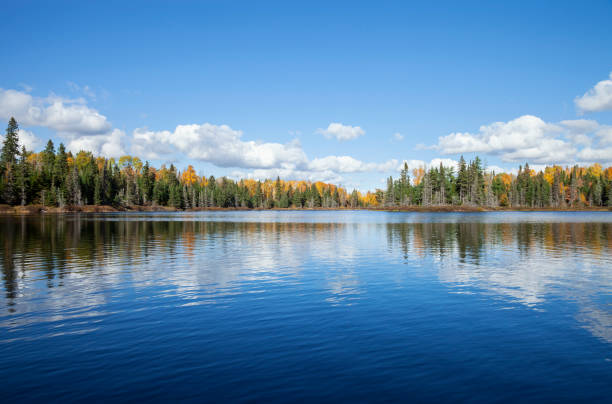





Scotland abolished its archaic system of feudal land ownership in 2000.
Today, half of all the country’s private rural land is owned by a total of about 420 landowners.
How much of Scotland should one person be allowed to control?
Supported by
Who Gets to Own Scotland?
The Loch Tay area of the Scottish Highlands has long attracted visitors in search of stunning scenery, outdoor adventure and a glimpse of Taymouth Castle, a lavish neo-Gothic estate that sits in the shadows of the green Grampian Mountains.
Built in the early 1800s by the once-powerful Campbell clan, Taymouth Castle has had a bit of a bumpy road. After the Campbells sold it in 1922 to pay off gambling debts, it served as a hotel, a World War II hospital, a training site for nuclear war preparations and a drama school.
In more recent decades, a string of private buyers tried and failed to restore the estate, usually running out of money and leaving it to fall further into decay. But locals and visitors were still free to walk its idyllic grounds, thanks largely to a 2003 land-reform law that enshrined the public’s “right to roam” Scotland’s majestic landscapes without interference from private landowners. The tourism dollars they brought were good for the village of Kenmore, a short walk from the castle.

So there was some worry when an American real estate developer, Discovery Land Company, began acquiring the Taymouth estate in 2018 with a plan to restore the castle and develop the land into a luxury residential community and golf club that it says will encompass 7,775 acres, or about 12 square miles.
The plans, estimated at around $380 million, sparked an outcry, especially when the developer bought several local businesses, including the Kenmore Hotel and the village shop. There were fears about the potential impact on the environment and on local housing costs, not to mention the possibility that the new owners would cut off public access to the land. A petition launched by a group called Protect Loch Tay urging Scots to sign before “we have lost our stunning natural heritage in this area forever” drew more than 160,000 signatures.
